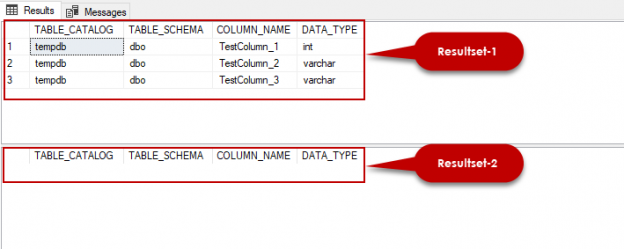
The Table Variable in SQL Server
December 3, 2019In this article, we will explore the table variable in SQL Server with various examples and we will also discuss some useful tips about the table variables.

In this article, we will explore the table variable in SQL Server with various examples and we will also discuss some useful tips about the table variables.
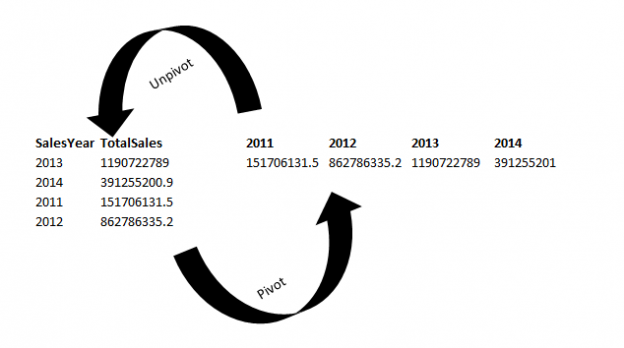
This article explores an SSIS Pivot transformation and SSIS Unpivot transformation for creating Pivot and Unpivot data tables.
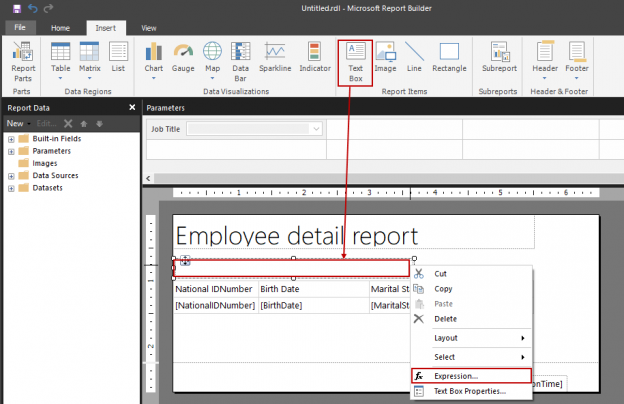
This article covers the usage and detailed features of the multi-value parameter in SSRS.
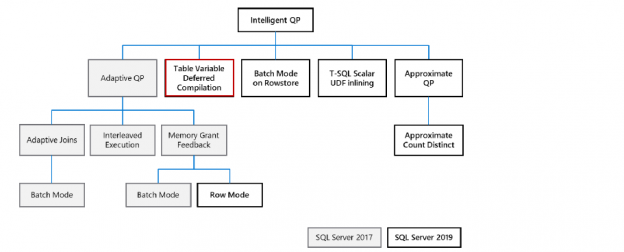
In an article, An overview of the SQL table variable, we explored the usage of SQL table variables in SQL Server in comparison with a temporary table. Let’s have a quick recap of the table variable:
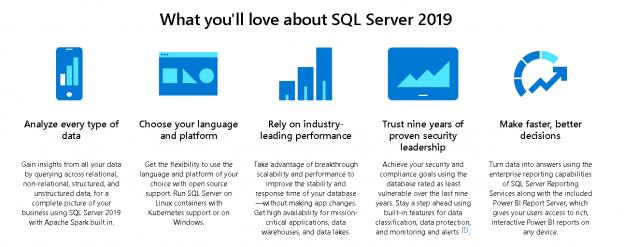
Introduction On November 4th, 2019, during the Ignite conference at Orlando, Microsoft released the General Availability of its flagship product Microsoft SQL Server 2019. SQL 2019 provides various enhancements to its core database engine and offers integration with Big data (Apache Spark, Data Lake), Machine learning, Linux/container compatibility with Kubernetes.
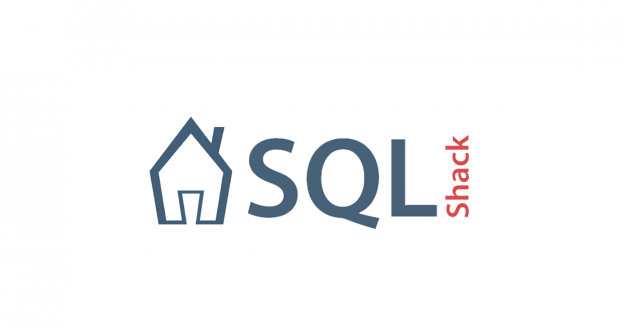
This article covers how to connect a Python application to Microsoft SQL Server using a 3rd party Python SQL library. The library that we are going to use is called “pyodbc”, which is freely available. We will use “pyodbc” to perform CRUD (Create Read Update and Delete) operations on a Microsoft SQL Server database.
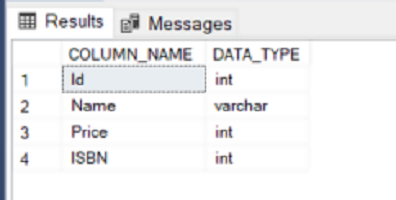
This article explains SQL DDL commands in Microsoft SQL Server using a few simple examples.
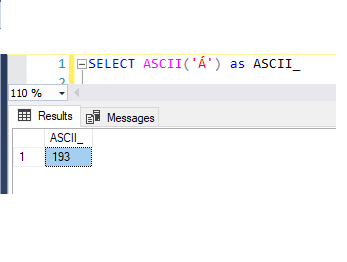
In this article, I’ll provide some useful information to help you understand how to use Unicode in SQL Server and address various compilation problems that arise from the Unicode characters’ text with the help of T-SQL.
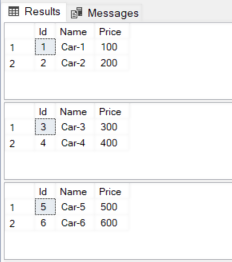
The SQL While loop is used to repeatedly execute a certain piece of SQL script.
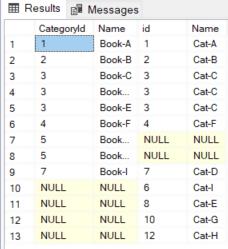
In this article, you will see how to use different types of SQL JOIN tables queries to select data from two or more related tables.
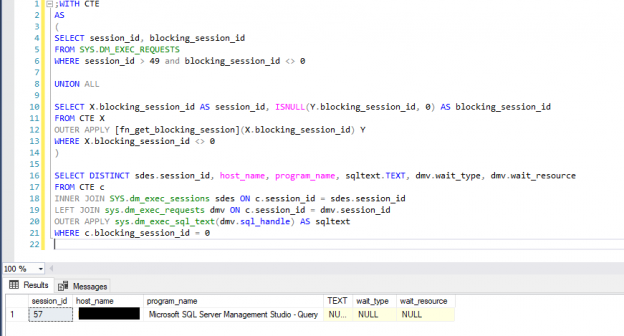
In this article, we will study how to recognize and resolve the SQL blocking chain by determining and troubleshooting the root cause.
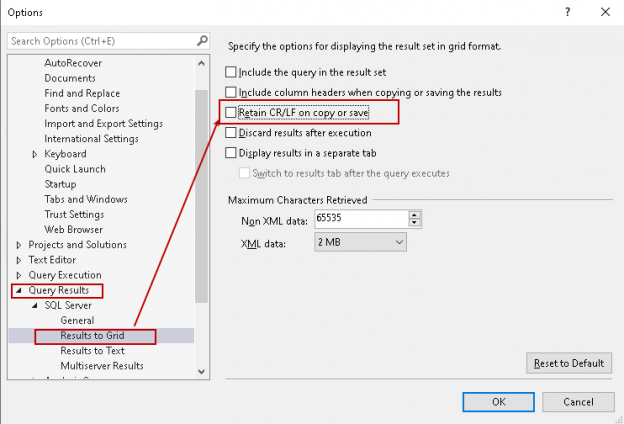
This article explores inserting SQL carriage return AKA line break and tab in a string along with SSMS behavior while copying data to excel, notepad.
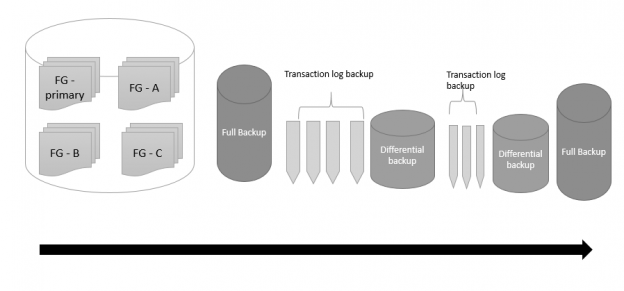
This article explores the partial backup SQL Database strategy in SQL Server and its usages for read-only filegroups.
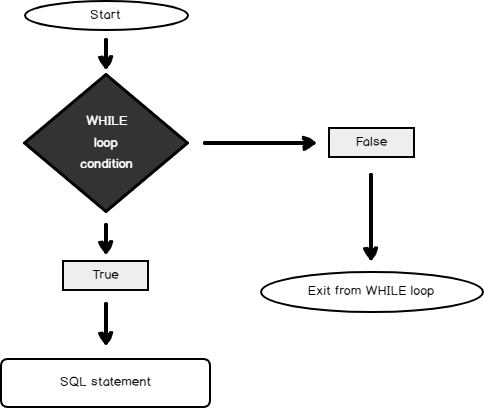
SQL WHILE loop provides us with the advantage to execute the SQL statement(s) repeatedly until the specified condition result turn out to be false.
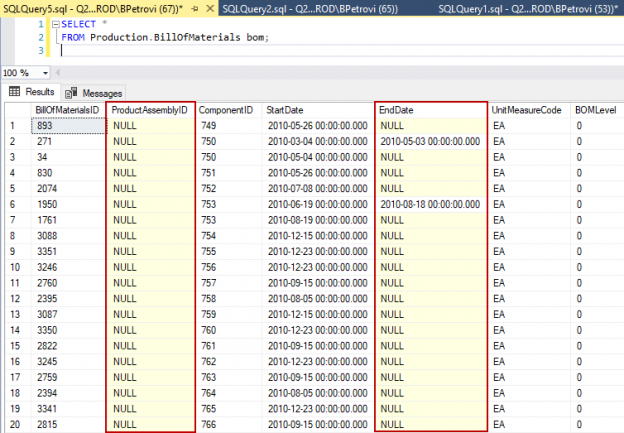
This article is about many different SQL data types that we use when working with SQL Server. We will start with a quick overview and go through some stuff like categories of data types, what objects we can work with, and how to create our own custom data types.
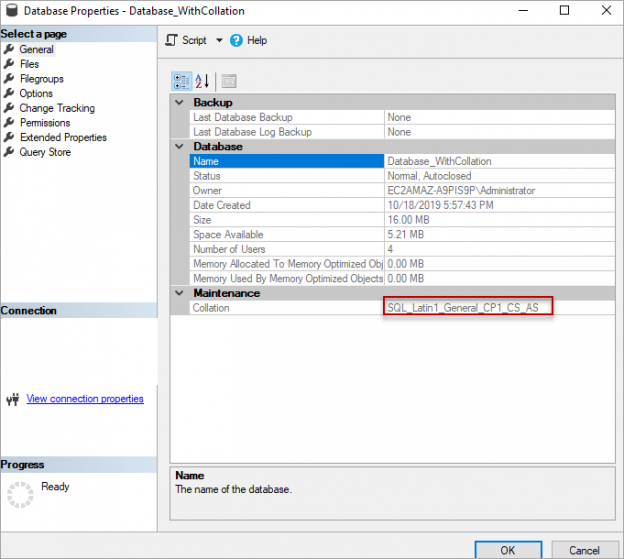
In this article, we will review the Collate SQL command. First, let us see what collation in the SQL Server is.
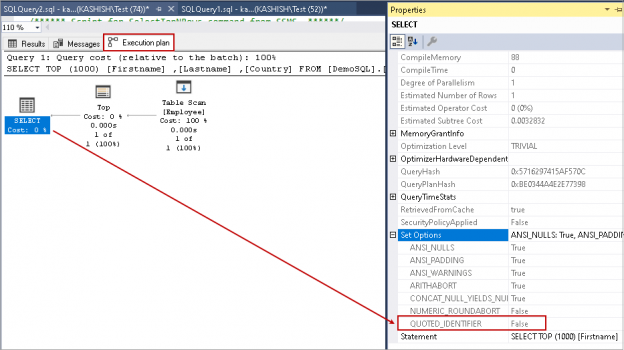
In this article, we will explore QUOTED_IDENTIFIER behavior, default value, and comparison with a different value. Set options at connection level control query behavior in SQL Server. The query might behave differently with different set options and their values.

In this article, we will learn the SQL multiple joins concept and reinforce our learnings with pretty simple examples, which are explained with illustrations. In relational databases, data is stored in tables. Without a doubt, and most of the time, we need a result set that is formed combining data from several tables. The joins […]
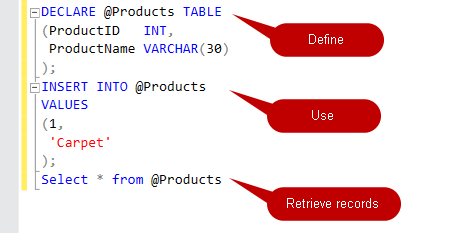
This article explores the SQL Table variables and their usage using different examples.
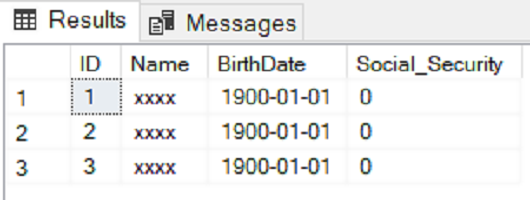
Security has been one of the prime concerns of database developers since the inception of database management systems. Various data protection schemes have been introduced to provide secure access to sensitive data.

In the article SQL Server Lead function overview and examples, we explored Lead function for performing computational operations on data. This article gives an overview of the SQL Lag function and its comparison with the SQL Lead function.
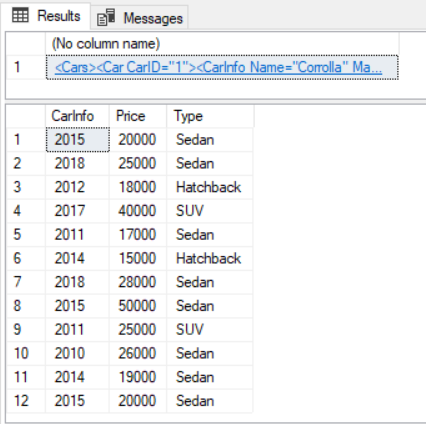
XML (eXtensible Markup Language) is one of the most common formats used to share information between different platforms. Owing to its simplicity and readability, it has become the de-facto standard for data sharing. In addition, XML is easily extendable.
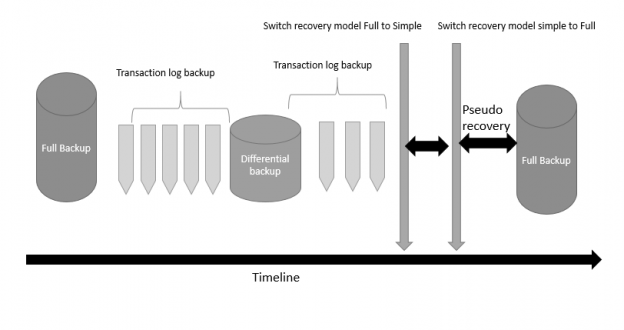
This article gives an overview of the Pseudo Simple SQL Server Recovery Model. It also explores the conditions in which the database behaves in Pseudo mode.
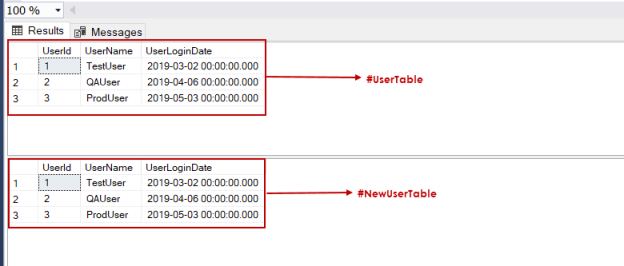
In this article, we will learn to rename tables in SQL Server. sp_rename is a built-in stored procedure which helps to rename user tables in the SQL Server. During the software development life cycle, we might be faced with various scenarios that required to rename the existing tables in the database. For example, the tables […]
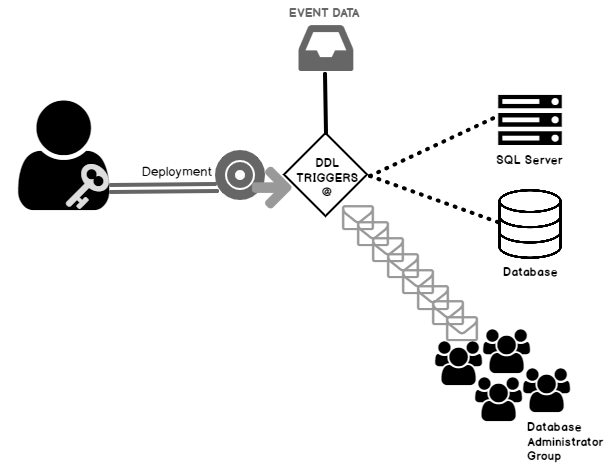
In this article, we will un-riddle the ways to make use of the data definition language trigger (DDL Trigger), in order to monitor the progressions made to the database programming objects, View, Procedure or Function with a few real-time examples.
© Quest Software Inc. ALL RIGHTS RESERVED. | GDPR | Terms of Use | Privacy